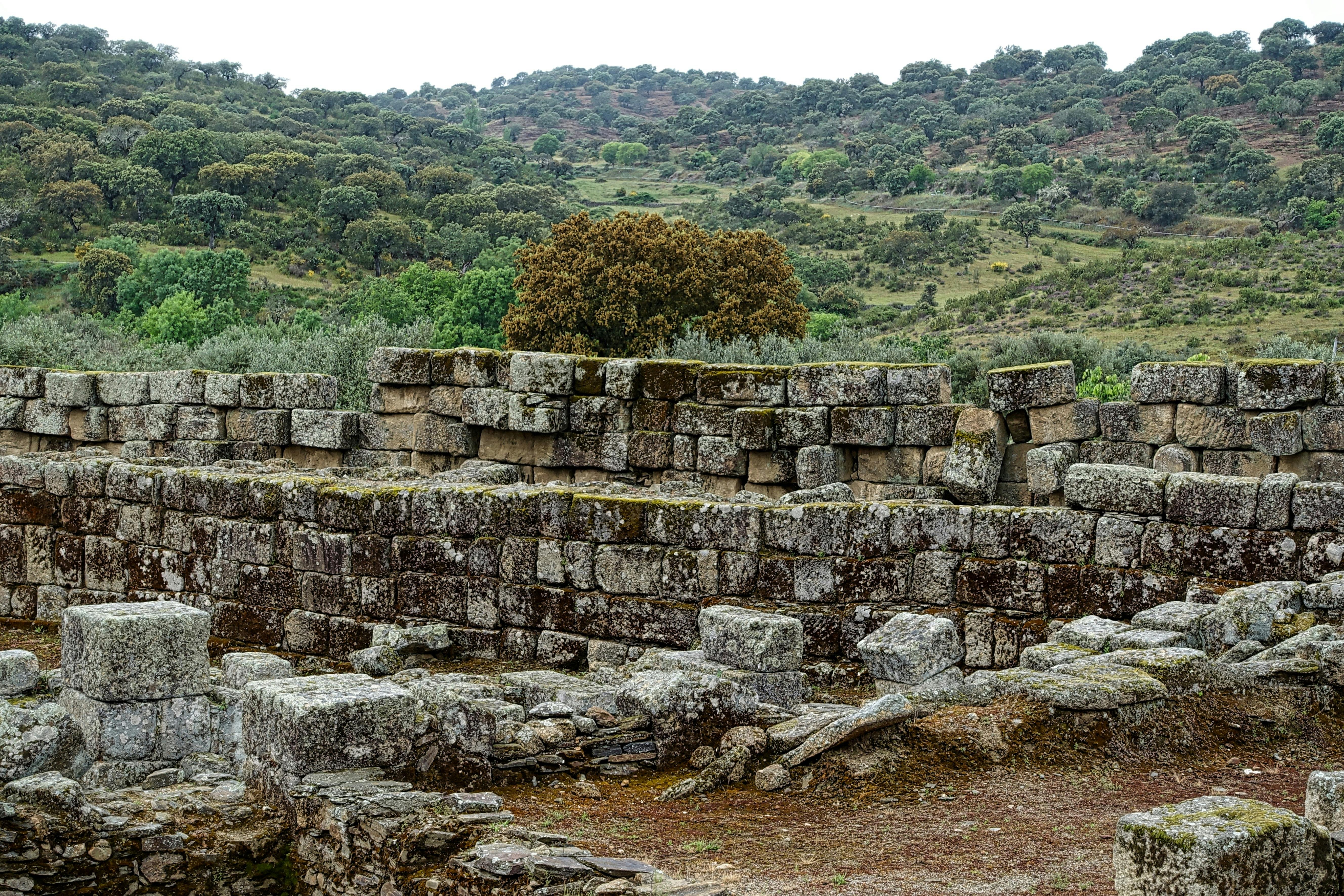Today, many newly built homes don’t come with proper driveways due to skyrocketing construction costs, but it’s worth considering that well-built ones can add property value. This also applies to older houses; In this case, it might be a good idea to look at builders’ dealers for slabs that match your walls; they usually have a varied selection. Even if you’re not planning on selling anytime soon, a well-built driveway will greatly improve the overall appearance.
It’s best to do something like this in dry weather. You will need a shovel, a pickaxe, pegs, a string, a spirit level, a 2 m (6 ft) long piece of wood (straight stick) to check the levels, a rake, a brush, a wheelbarrow, a mallet or a rubber mallet, a brace, and a masonry trowel. You may want to use an angle grinder and tile splitter, both of which can be rented cheaply. Square slabs can be obtained in sizes ranging from 200mm (8 inches) to 600mm (24 inches), and you can also get other shapes such as oblong or hexagonal. For light paths, sharp grit is the best to use; your builder’s dealer should be able to advise you.
Possibly, if you are like me, you will want to see the results of your work as soon as possible, but I advise you to have a little patience. The secret to good paving is making sure you have a good, even, firm foundation. Otherwise, the finished work will not only look messy, but it will also be a hazard to anyone who walks on it.
Mark the area to be paved with stakes and string, and dig out at least 150mm (6 inches) of soil. Remove the string and check with your level and straightedge that what you’ve dug has a slope slightly away from the house, maybe a slope of about 1:50. This, of course, is so that the water flows away from the house. In a situation where the driveway slopes towards the house, leave a 150mm (6in) strip of gravel or chips along the wall to allow water to drain. If a path is attached to a wall, remember that it must be at least 150 mm (6 inches) below the waterproofing layer.
Lay a good base of hard material (broken brick, quarry chips, or concrete) in the trench and press down well, trying to keep it fairly level. Cover it with sharp sand, using the rake; use a straight piece of wood to keep it level, not forgetting to use the spirit level to make sure you keep the slight slope. When you start laying the slabs, it’s a good idea to use ply spacers between them, so you have the same size gap for infill. Tamp down the slabs with the rubber mallet or what I use, my mallet and a block of wood. Make sure there is no movement in the slab; if there is, lift it up, identify the problem, fix it, and replace the slab. Brush sand over your entire path and work well into the joints. You’ll probably have to do this several times to make sure the slots are completely filled.
If you have to cut slabs you can do it using any of the following methods. If it’s a good pressed stone slab, a hammer and head are good enough for the job. Mark a line where you need to cut it. Move lightly along the line with the brace a few times, don’t be too heavy with the hammer! You’ll eventually find that it splits, hopefully exactly where you wanted it to. A tile splitter can be hired if you have some to cut. An angle grinder is the best option if you have to shape slabs around any obstacles. Be careful with this tool as it can be very dangerous. Whenever you’re cutting slabs, be sure to wear goggles, gloves, and a dust mask.
If you are going to cover a large area, like a patio, be sure to think and plan ahead. You can search for garden landscaping sites on the Internet, print some of them, compare them, and develop your own plan from there. There is a wide variety of paving materials today, so it is wise to consider what would work best for you. If you’re new to the game, it’s best to stick to a simple pattern, like a regular grid: square tiles with the corners of 4 tiles meeting each other, one continuous link, the joints are staggered halfway to look somewhat like masonry , and herringbone pattern, made with pavers or rectangular slabs. If you feel more confident, you can try a random pattern, which is built from broken stones, flagstones, or slate. This will take more time and patience! If you have odd shapes between slabs, you can use gravel or small quarry chips to fill in those areas, though they tend to spread out after a while. With large paved areas, it’s probably best to hire a plate shaker for a few hours, as it does a better job of leveling the pavers and makes the sand sit much more tightly between the joints.




